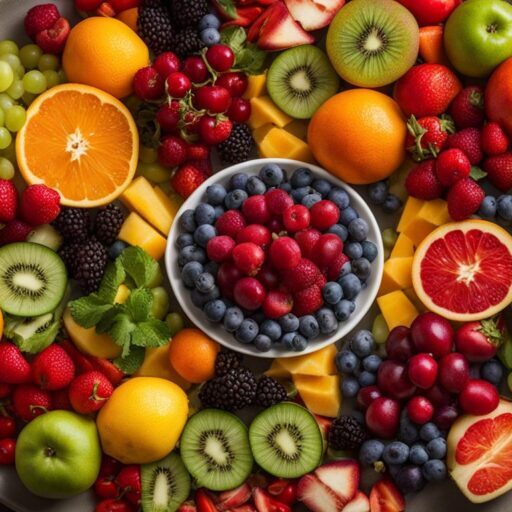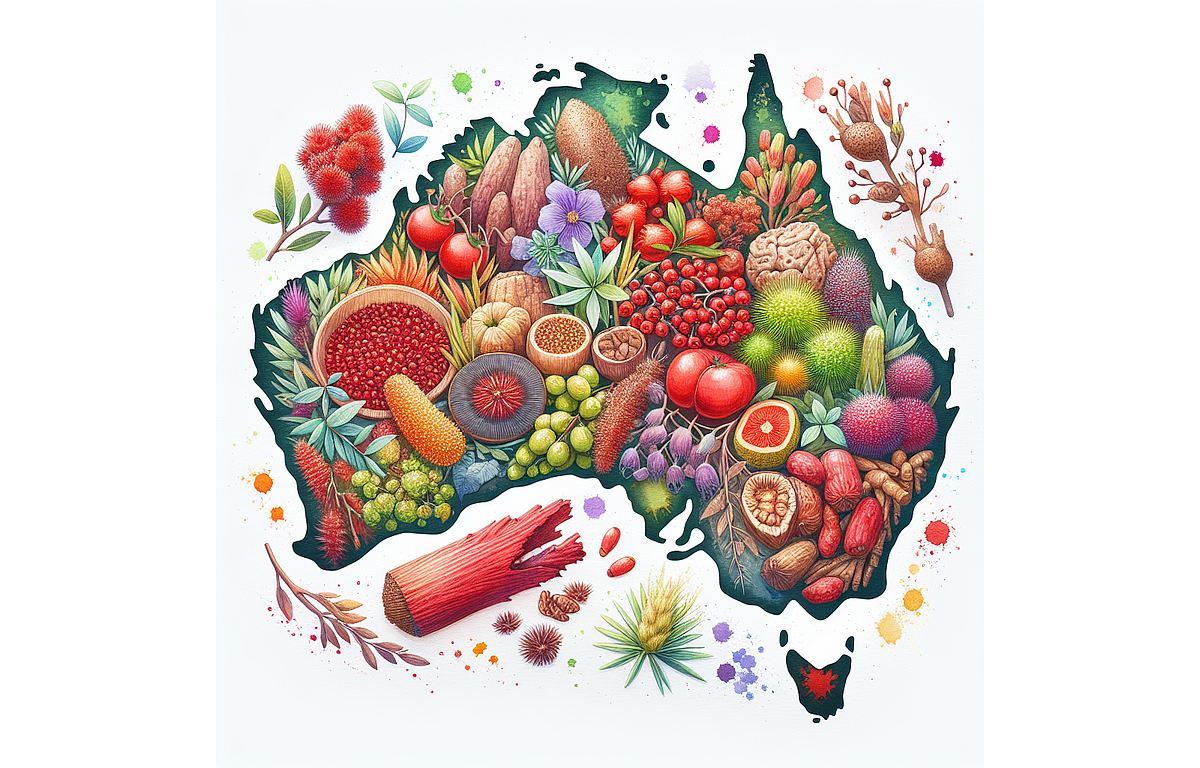Embark on a journey with us into Australian Bush Tucker, where we explore some of the foods that have been staples for Indigenous Australians for millennia.
- Australian Bush Tucker – Cayratia Trifolia
- Elcho Island Bush Tucker
- Tiwi Islands Dry Season Bush Tucker
About Australian Bush Tucker
Many Australian native plant-based foods are more nutrient-dense when compared to the equivalent variety of traditional or “Western” foods [35]. The main source of carbohydrates were tubers [32,36], and seeds from different species [37,38,39,40,41]. Chong et al. [37] found a variation from 65 to 75% of carbohydrates in three species of Acacia seeds—A. cyclops, A. microbotrya, and A. victoriae. Among the fruits, bush tomato (Solanum centrale) and Tasmanian pepperberry (Tasmanian lanceolata) stand out, with 47 g/100 g fresh weight (FW) and, 34 g/100 g dry weight (DW), respectively [35].Many Australian native foods are richer in protein than similar conventional non-native crops such as yam (Dioscorea transversa) [32], Australia native rice [42], Pindan walnut [29], Acacia seeds [33,36,37,38,39,40], green plum (Buchanania obovata) [43,44], and Bush tomato (Solanum centrale) [35]. According to Adiamo et al. [39], Acacia bilimekki has 35.5% protein. Some native fruits are also high in protein. Riberry (Syzygium) has 8.1 g/100 g FW and bush tomato 10.3 g/100 g FW, while the average protein levels in Western fruits is 0.73 g/100 g [35]. In addition, some native foods contain high amounts of essential amino acids [38,40,45]. For example, some Acacia seeds have high levels of histidine, lysine, valine, isoleucine, and leucine [38]. However, methionine was a limiting amino acid found in these seeds [38]. Davidson’s plum, finger lime, and native pepperberry also have some essential amino acids such as cystine, histidine, isoleucine, and lysine [45]. (Lopes 2023)


